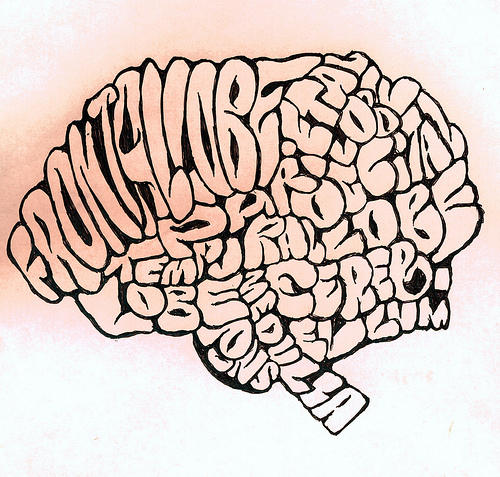This is the eleventh in a series of articles that draw on the field of schema therapy, an approach to addressing negative thinking patterns that was devised by Dr. Jeffrey Young. You can find an introduction to schemas and schema therapy, a list of schemas, and links to other schema articles on The Willpower Engine here.
 A person with the Lack of Self-Control Schema has trouble with facing anything difficult or holding back impulses. Such a person might tend to avoid difficulty, pain, or responsibility even when the consequences are much worse than what’s being avoided. They might act out, choose rashly, react without thinking, or follow any desire that takes hold. Another common expression of this schema is having trouble putting up with boredom or frustration long enough to get something done.
A person with the Lack of Self-Control Schema has trouble with facing anything difficult or holding back impulses. Such a person might tend to avoid difficulty, pain, or responsibility even when the consequences are much worse than what’s being avoided. They might act out, choose rashly, react without thinking, or follow any desire that takes hold. Another common expression of this schema is having trouble putting up with boredom or frustration long enough to get something done.
To put it another way, the burden of the Lack of Self-Control Schema is that it prevents a person from working toward lasting happiness by sometimes keeping their focus on immediate gratification.
People with this schema generally don’t feel like they’re acting the way they want to: the impulsive actions feel (not surprisingly) out of their control.
Often, a person with a Lack of Self-Control Schema grew up in an environment where parents weren’t around enough or didn’t put enough effort into helping the child learn self-control. This schema can also arise when parents themselves have self-control issues, leaving a child with no ideal of self-control to follow.
Overcoming a Lack of Self-Control Schema
Unlike other schemas, Lack of Self-Control isn’t closely linked with specific broken ideas, but the approach to overcoming it is similar: the important skill to learn here is to recognize when the schema is kicking in and insert conscious thought between the impulse and the action. The key understanding to have along with that skill is that lasting happiness is different from immediate gratification–that doing exactly what we want whenever we want can actually be pretty miserable sometimes. That’s not to say that there isn’t a place for light-heartedness and spontaneity in life, only that longer-term thinking often pays off much better.
So if you have this schema, you might have a habit of reacting immediately. To overcome it, the new habit to create is to notice when the schema might be kicking in, stop yourself, think for a moment about your real goals and priorities, and focus on the things you want long-term instead of immediately.
For example, you might be in a conversation with someone you care about when that person says something thoughtless that is painful for you. A Lack of Self-Control schema might tell you to lash out, to insult or embarrass that person. Someone overcoming the self-control schema might still feel the urge to do that, but would stop and think something along the lines of “Wait: I care about my friendship with this person. If I start a fight over this, that could make ongoing problems for me and deprive me of my friend. Even though I’m angry right now, I feel better imagining the two of us getting along instead of imagining us fighting. Why don’t I try to just let go feeling offended about this, as a contribution to the friendship, or else tell my friend how I felt about what was just said and have a constructive conversation about it?”
The Lack of Self-Control schema is sometimes paired with another schema. For example, the Subjugation Schema, which we’ll talk about in the next article in this series, can lead a person to suppress emotions for a long time, after which they burst out uncontrolled. In these cases, while work on self-control will also help, progress on the other schema will relieve the pressure and intensity of the self-control problems.











